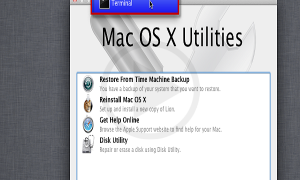We have all made a common mistake. Sometimes we delete a file or folder or sometimes an entire task by mistake. Now when we reach for backup we find that there is no backup of that particular file. What to do in such situation? If you are using Mac OS X, numerous utilities are available to help you recover the file. Your success, however, relies on upon how the document was erased and what you’ve done from that point forward. The original file names will be erased, however, you can possibly do some reconstructions.
Process of undeleting files
All Undelete folders and files require utilization of a different disk of recovery to which you keep the recovered files. This recovery disk will need sufficient free space for the normal measure of information. A flash drive, hard drive, a different Mac in target disk mode and even your iPod can be used to store the recovered data. This means numerous utilities are available for the task and the two most important ones are SubRosaSoft FileSalvage and the Prosoft Data Rescue. Both of these are worth using in situations of crisis. Sometimes you will find a few files in one of them while on the other it might be missing.
The choices available
You are normally given the decision of an alternate level of examining, from Quick Scans for the documents deleted recently, to Full Salvage operations for eradicated or harmed drives. In the event that you know the sort of documents you are searching for, that can accelerate the entire process. It’s typically worth attempting the snappiest alternatives to begin with, then increment the output levels as required in case you fail to point out what you actually need.
Recovery programs normally work in two ways, first filtering the drive to see what it can discover, then recouping lost data. The work can be done in a few minutes, within some hours and even some long days depending upon the drive size, number of documents to recoup, and state of the media. A slow or damaged disk can considerably put the procedure to a pause.





























